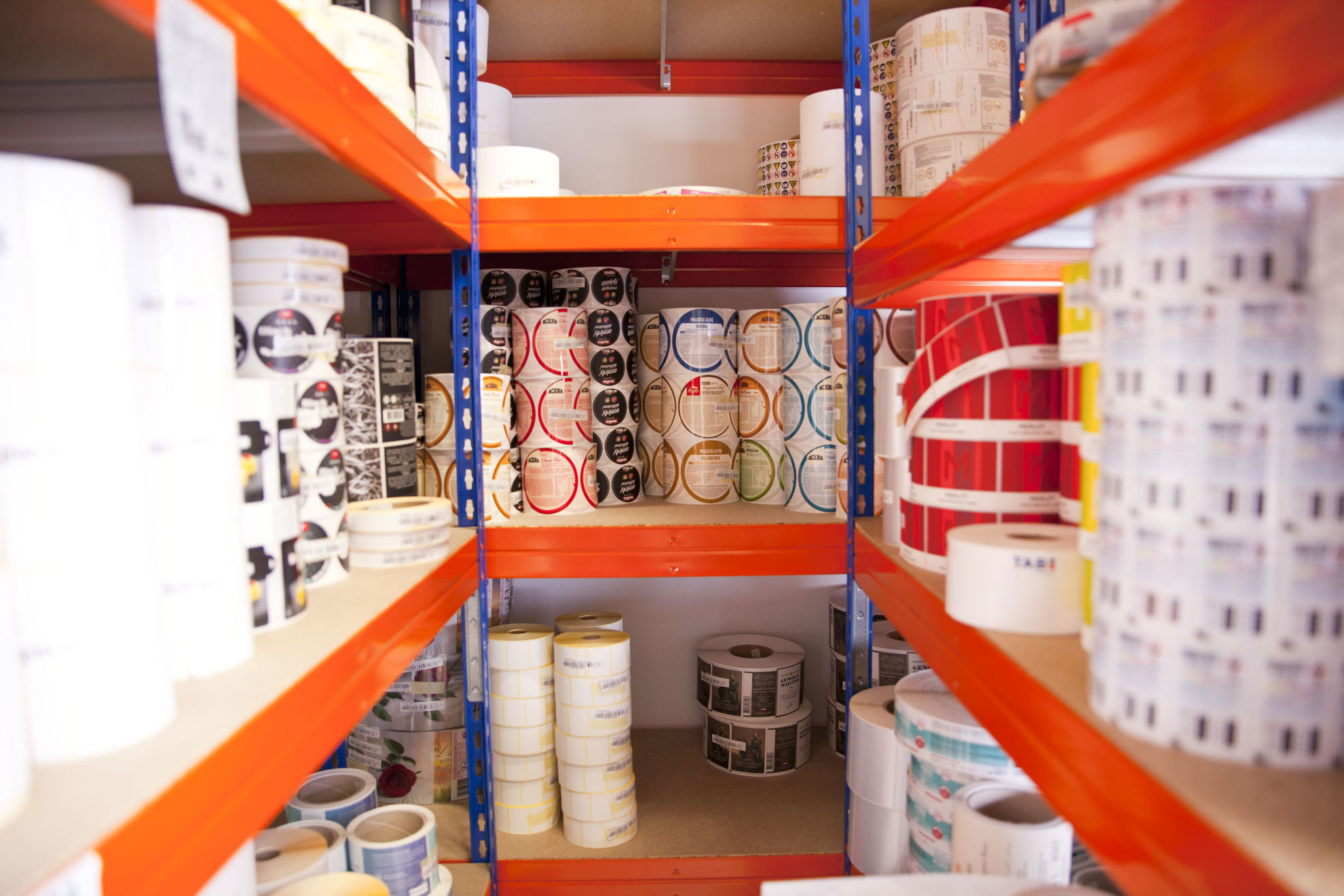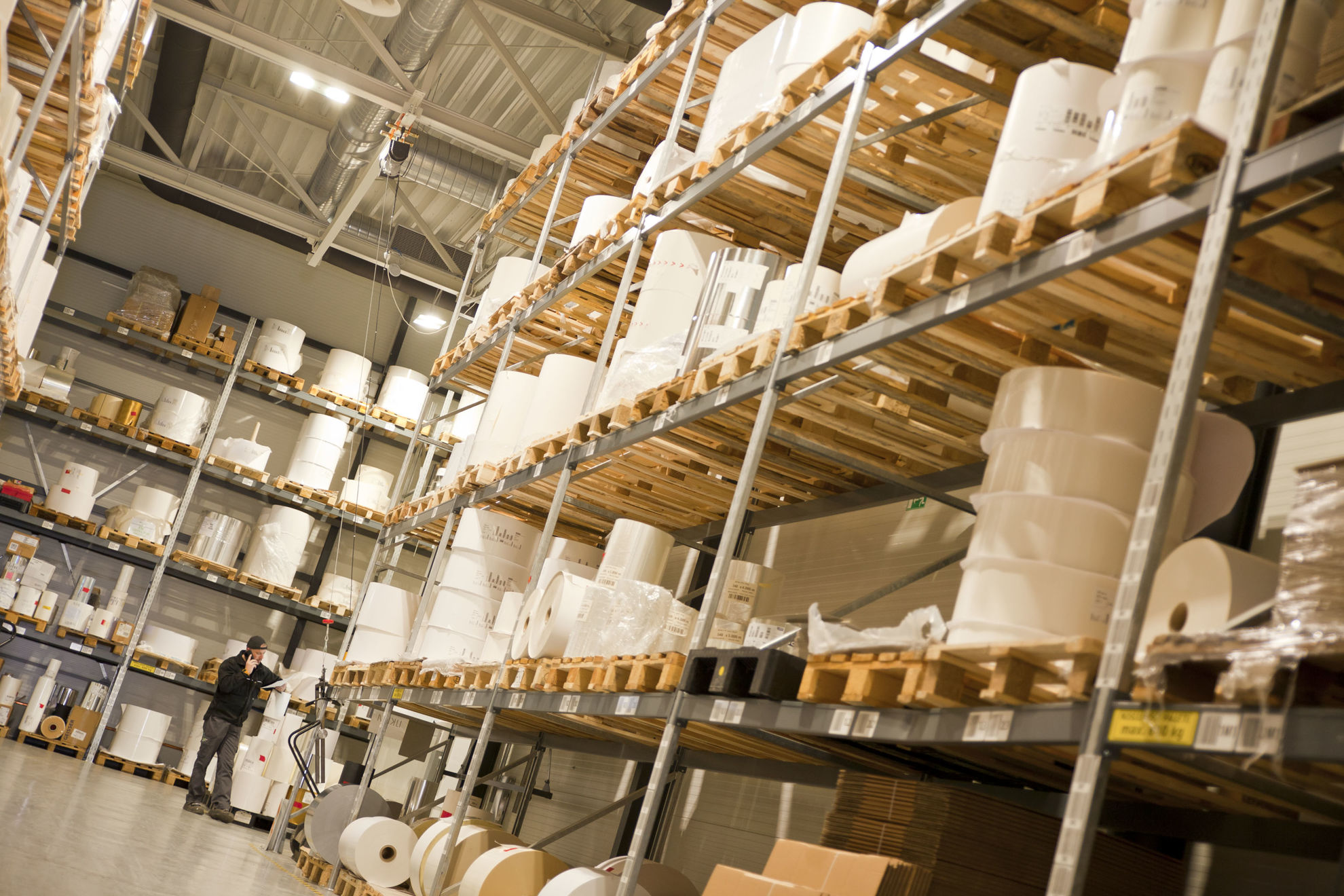Zakaj uporabljamo piškotke?
Piškotke uporabljamo za zagotavljanje uporabniku prijaznih spletnih storitev, boljše uporabniške izkušnje in spremljanje statistike obiska. Interakcija med spletnim uporabnikom in spletnim mestom je s pomočjo piškotkov hitrejša in enostavnejša.
Z njihovo pomočjo si spletno mesto zapomni posameznikove preference in izkušnje, s tem je prihranjen čas, brskanje po spletnih mestih pa bolj učinkovito in prijazno.
Piškotki niso škodljivi in so časovno omejeni.
Več o piškotkih
Nujni piškotki
Nujno potrebni piškotki za delovanje spletnega mesta.
Vklopljeno
Izklopljeno
Ti piškotki so nujni za delovanje spletnega mesta, saj brez njihove namestitve, spletna stran ne bi omogočala osnovnih funkcionalnosti. Teh piškotkov ni mogoče izklopiti.
Piškotki spletne analitike
Piškotki za beleženje spletne analitike.
Vklopljeno
Izklopljeno
Ti piškotki omogočajo beleženje spletne analitike in zbirajo anonimne podatke o tem, kako se uporabniki vedejo na spletni strani z namenom izboljšanja izkustvene komponente spletne strani.
Piškotki družbenih omrežij
Piškotki družbenih omrežij.
Vklopljeno
Izklopljeno
Ti piškotki omogočajo delovanje vtičnikov socialnih omrežij Facebook, Google+ in Twitter, nekateri izmed njih pa omogočajo raziskovanje vaše uporabe naših spletnih mest oziroma vašega siceršnjega brskanja po spletu in dostavljanje personaliziranih oglasov.
Piškotki za napredno oglaševanje
Piškotki za napredno oglaševanje.
Vklopljeno
Izklopljeno
Ti piškotki omogočajo beleženje podrobnejših podatkov za oglaševanje.



